When we moved to our remote property in Aragon, Spain, we realised we bought a BIG finca (piece of farmland) which also meant it would be our responsibility to keep it healthy, safe and pretty.
Why we need Livestock on an Olive & Almond Farm
We don’t want our finca to become a fire hazard in summer, we want to keep our olive and almond trees healthy and producing, and of course, we want to have a beautiful view when we look out the window.
To plough or not to plough
Many of our Spanish neighbours swear by ploughing; they will plough the whole field as soon as there’s a tiny bit of grass or weeds popping up somewhere.
After doing extensive research, we believe ploughing regularly is bad for your land – it will weaken your soil and make it prone to erosion, making it lose its nutrients (exposing the healthy bacteria and micro-organisms in the soil to the air time and time again will just kill them). Without vegetation to protect it and keep it together, all the water falling on the ground will just evaporate again as soon as the sun comes out. Also, the continuous ploughing makes so much dust!
So it’s clear then – we’re not ploughing as we want our finca to be lush and green.
To mow or not to mow
We don’t want it to get overgrown though – that doesn’t look pretty, and tall dry grass is a fire hazard. Plus when we harvest almonds or olives, we need to be able to put the nets down to catch the harvest!
One way to keep the grass and small bushes short is to mow them; this requires the acquisition of a mower, the use of fossil fuel, and a lot of work as it has to be done regularly in growing seasons.
Our preferred way: working with nature instead of against it
To conclude this little introduction, the most efficient way to keep the grass nice and short is to have animals graze it. In the long run, it’s not even that much more expensive – and a lot more fun (if you like animals, that is).
We’ve been looking for the perfect animal to graze our land for a while now.
For us, it needs to tick several boxes, which means it must have more than one purpose. We looked at several kinds of animals, and all the pros and cons. We have more than two hectares of grazeable land, but the quality of the grass is not great.
All the animals below make very good fertiliser (the pigs just slightly less good). So what other arguments did we have?
Cows
- Pro: will produce milk (a lot of it)
- Will produce too much milk for just us (we’d have to make cheese, butter and other produce with it = extra work and extra investments)
- To have the cow produce milk, she needs to have a calf every year. We’d need to find her a suitable suitor. In a region with almost no cows, that’s not convenient.
- Eats a lot of grass, and needs high-quality grass = probably buying a lot of extra hay (and supplements if we’re milking them)
- The terrain here (terraces and stuff) is not ideal for them
To be honest, we never seriously considered cows. If we lived somewhere else or had bigger fields of higher quality grass, we might want a milk cow or two…
Conclusion: cows would be perfect IF we had a (much) larger family, if we were making a business out of it (selling milk/cheese/etc) and/or if we had better quality grass throughout the year.
Shetland Ponies
(big tall horses were never really my thing)
- pull carts and tree trunks
- fun for children (we have a bed & breakfast so it’s a plus)
- tiny horses with big temperaments. Some hate this about them, I love it.
- extremely sturdy
- my favourite caveman (hubby) doesn’t like horses (or ponies). They can be a bit rude sometimes.
- they might not do well in the heat of summer
Conclusion: maybe someday…
Donkeys
- + pulls carts and tree trunks
- + fun for children
- + typical for this area, but you never see them anywhere (some say they are becoming extinct)
- + they’re funny!
- – noisy (we used to live around the corner from a donkey…)
Conclusion: not as long as we’ve got a bed & breakfast. People actually like the peace and quiet here.
Goats
- + Goats milk! Cheese! Soap! Much more!
- + Goats will clear bushes.
- – Goats don’t always clear the bushes you want them to clear – sometimes they’re you’re pretty flowers. They like everything they’re not supposed to touch.
- – Escape masters.
- – Having milking animals is a lot of hassle (although worth it, I think).
Conclusion: too much hassle for now.
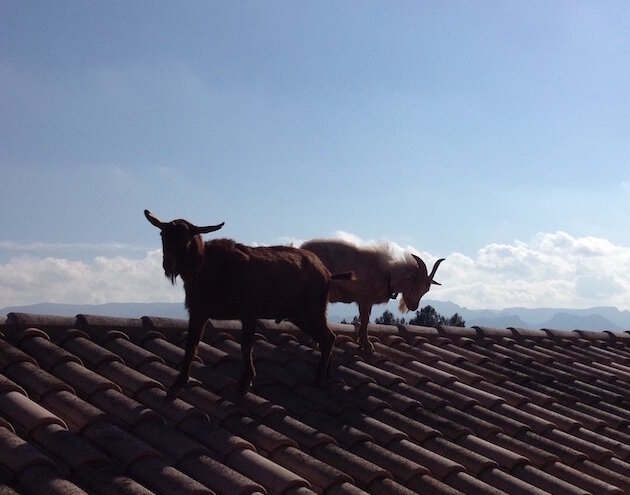
Goats on our roof (photo from my “26 hour goat experience” blog post – the goats belonged to our friends at Little Herd Farm).
Sheep
- + Great meat OR milk OR wool. Sometimes two out of three… I don’t know of any breed that does all three.
- + Perfect size.
- – They pull out grass with roots and all though
- – Sheep seem to be very prone to dying. Falling off terraces, eating something they’re not supposed to…
Conclusion: a solid runner-up. Probably more worth it if you either have a very safe and fenced enclosure, or you’ve got all the time in the world to herd them.
Pigs
Kune Kune pigs, as they’re not too big and won’t destroy your garden (they eat grass instead of digging up stuff – most of the time).
- + Will eat anything
- + Can be trained like a dog (they’re more intelligent)
- + You might say bacon… I don’t think I could slaughter my own pig though
- – Not presently in Spain. I looked into importing, that’s very expensive – and there’s no quick return on investment.
Conclusion: maybe someday
Llamas
- + Great guardians for the chickens
- + Pretty
- + Can carry stuff (and can even pull carts… not as strong as a pony or donkey though)
- – They spit and they’re not always easy to handle
- – They’re big
Conclusion: what if there was a slightly smaller kind of llama, that spits less…
Alpacas
- + Great guardians for the flock
- + Cute & pretty & fluffy to look at
- + Can carry light weights (as in really light… not even a child. But maybe their own feed for the day)
- + The fluffiest & highest quality fleece
- + Not common in Spain yet, so selling crias (the babies) might be an option
- – We know nothing about alpacas (except for what the internet told us)
- – They’re expensive
- – The internet told us alpacas rarely spit… I got spit at by the first alpaca I tried to take a close-up photo from.
Conclusion: we went to Cantabria last week to get to know alpacas a bit better. We’re currently working out the details (legal, practical and financial) for getting our first Huacaya alpacas, hopefully in a few months.
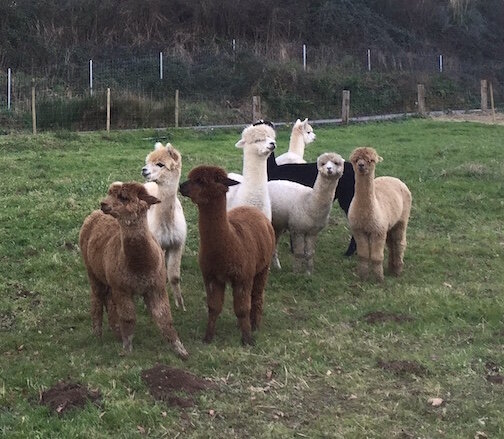
I took this picture last week on our road trip to Alpacas de la Tierruca in Cantabria. More pictures here!
It took us over two years to choose the perfect grazers for our land; we talked about it, looked at them (at markets, at other farms, on the internet) and talked about them some more. At several points, we were on the verge of getting them (in the case of Kune Kune pigs and Ojinegra sheep), and then something happened and we didn’t. Fingers crossed for our alpaca plan!
We might still add more animals later… there’s no rush though.
Do you think we’ve made a good choice, and do you think we should have considered others? What’s the perfect grazer for YOU?

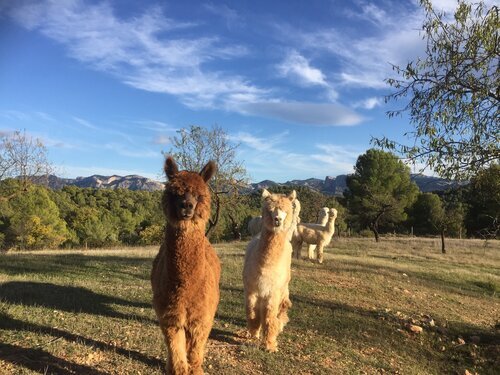
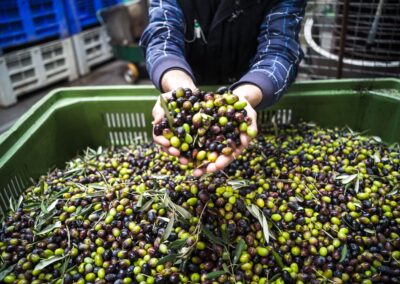
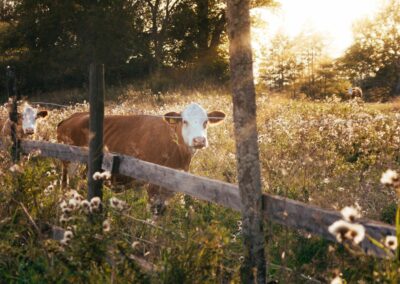
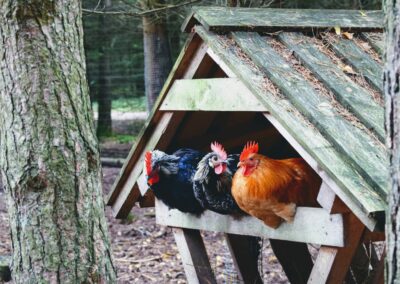
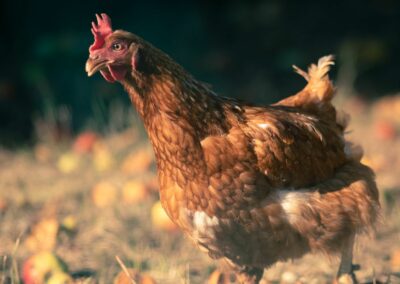
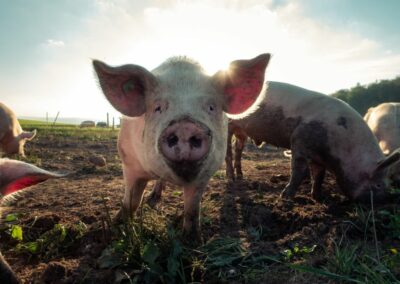
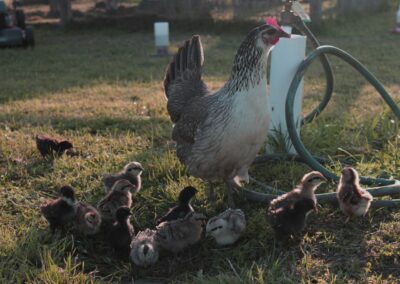
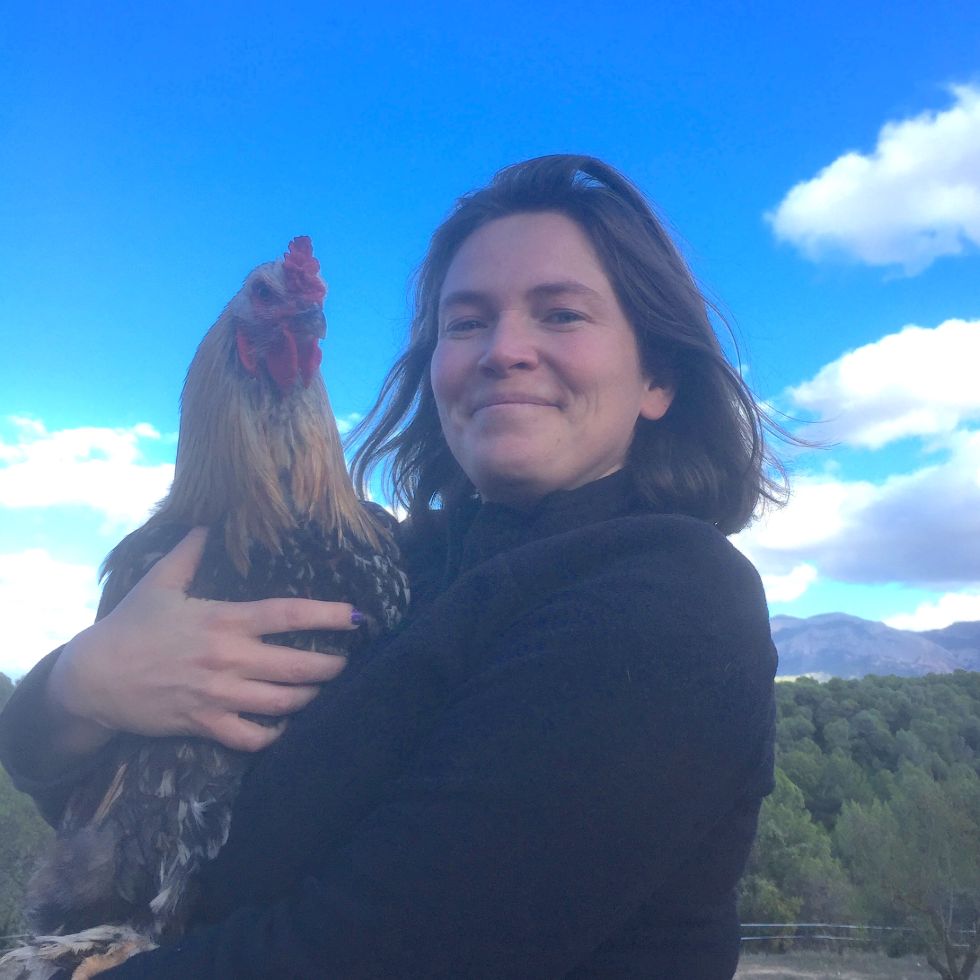
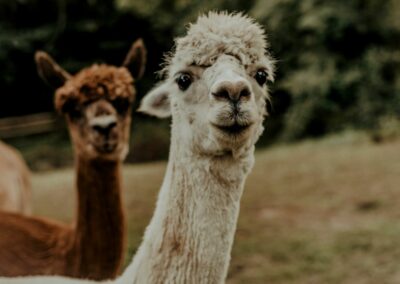
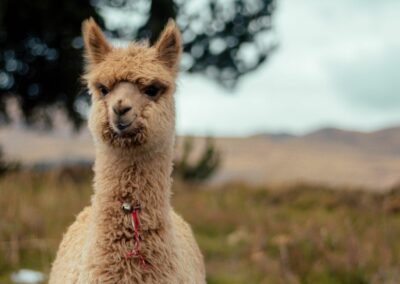
0 Comments